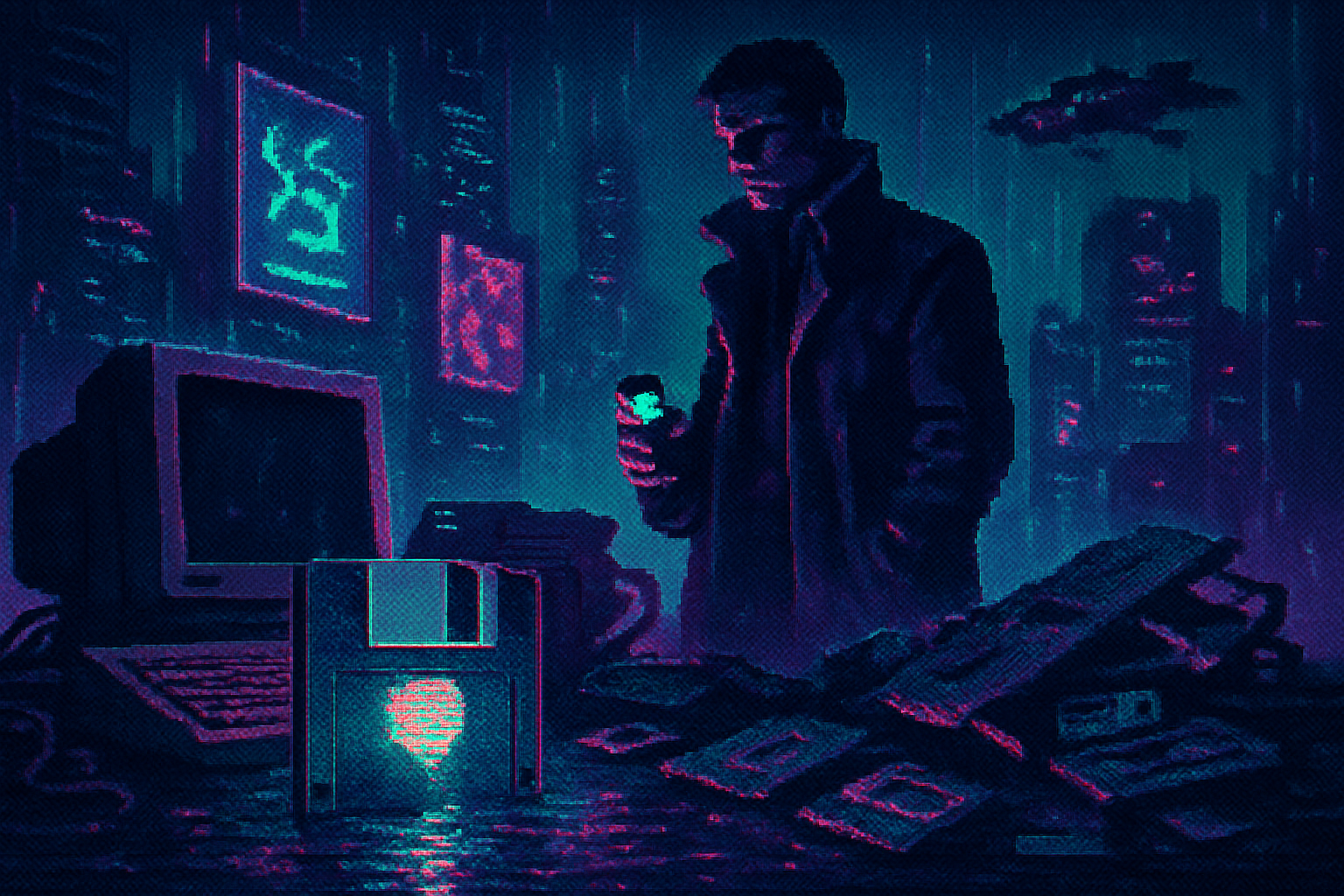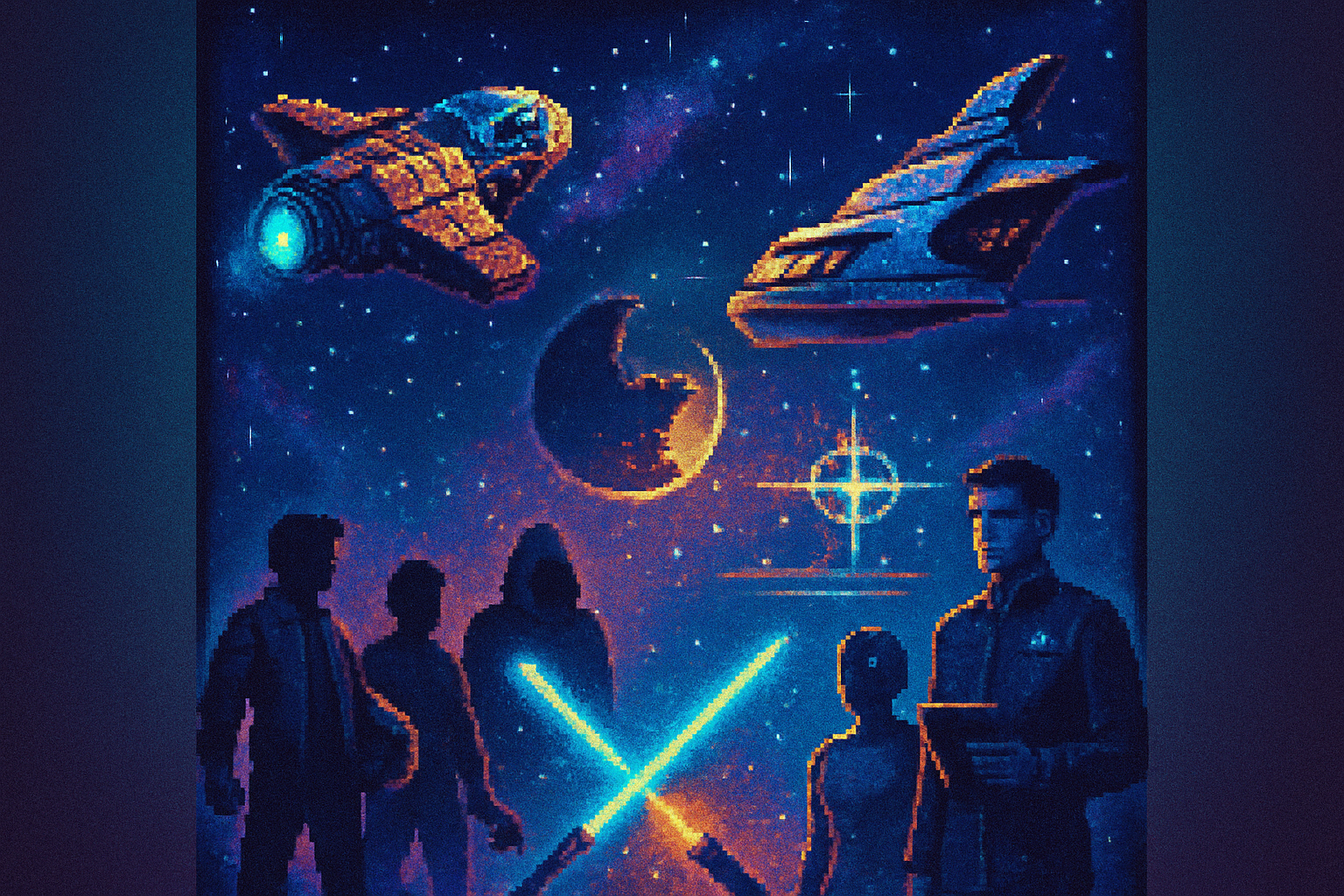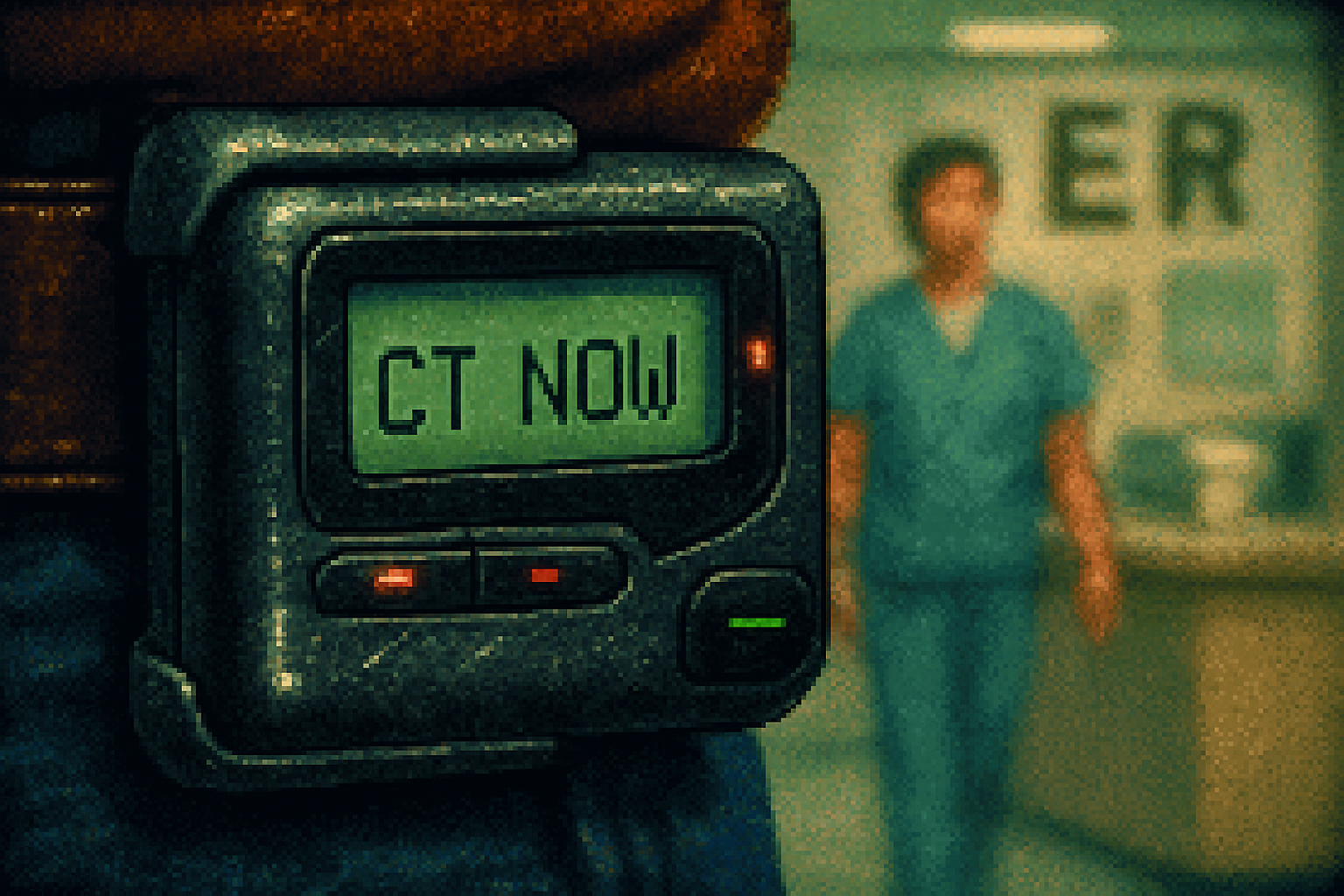· culture · 6 min read
Rewind to the Future: How the Walkman Influenced Modern Music Consumption
The Walkman didn't merely make music portable - it privatized public space, taught a generation to curate soundtracks for life, and planted the cultural seeds that streaming services harvest today. This piece traces the lineage from cassette mixtapes to algorithmic playlists and explains why our obsession with on-the-go listening feels inevitable.

In 1979 an elderly executive on a long flight asked for a way to listen to his favorite opera without disturbing his seatmates. Engineers obliged. The result was the TPS-L2 - the very first Walkman - and an idea that would quietly rewrite how humans live with music.
That mustard-colored moment belongs to Masaru Ibuka, one of Sony’s founders; his simple demand - private, portable sound - was the inciting incident for a cultural revolution. The Walkman was not an accident. It was an answer to a tiny, stubborn human request: give me music when I want it, where I want it, and make it mine. Britannica has the brief, useful origin story.
How a small box rewired listening
The Walkman did three things at once, each more disruptive than its slim plastic body suggested:
- It privatized sound. Headphones turned the city into a set of private rooms.
- It made music mobile. No longer anchored to a living-room hi-fi, recordings followed bodies onto sidewalks, subways and buses.
- It encouraged personal curation. The cassette made mixing possible; the controls made selecting immediate. In short - music became portable, personal, and programmable.
Scholars later noted how the personal stereo remade urban life by allowing people to engineer their moods and filter the public world down to a personalized soundtrack - a phenomenon cultural critics still point to when they talk about mobile media and urban solitude. See the BBC’s thoughtful retrospective on the Walkman’s social effects. BBC: How the Walkman changed the world
From mixtapes to playlists: the cultural throughline
If you want a straight line from Walkman to Spotify, follow the mixtape. The mixtape was simultaneously an aesthetic object, a social currency and a private mood-engine. People curated playlists with pencil and patience: copy, pause, time the gaps, choose the order - intimate acts of cultural authorship.
Mixtape culture taught three lessons that streaming later monetized:
- Sequencing matters. The emotional arc of a side-A mattered as much as the songs themselves.
- Playlists are identity. A mixtape said something about the sender and the intended listener.
- Portability shapes consumption. The fact you could carry a mixtape meant listening choices adapted to movement - commuting, jogging, stealing five minutes of quiet.
Read about the mixtape as a cultural object here: Wikipedia: Mixtape.
Now compare that slow, deliberate craft with a modern playlist. Streaming platforms baked mixtape lessons into software. They automated sequencing, surfaced mood-based groupings, and turned playlists into shareable, infinitely editable artifacts. Spotify’s early gambits - playlists like Discover Weekly - are literally algorithmic mixtapes made for the commuter in all of us. Spotify introduced Discover Weekly in 2015.
The form changed, the function remained: accompany humans, everywhere.
Design echoes: features that trace back to the Walkman
When you click shuffle, press play on a morning commute mix, or slip into a curated mood channel, you’re interacting with descendants of the Walkman. Specific echoes:
- Headphone-first design - Walkman prioritized private listening. Today’s smartphone + earbuds is the same logic, miniaturized and networked.
- Linear to ephemeral - cassette sides encouraged sequencing; streaming turned that into playlists and queueing systems, but the psychological rhythm - build, crescendo, resolution - is unchanged.
- On-the-go optimization - the Walkman created the commuter listener. Streaming companies now prize commute-hour metrics.
- Control as product - physical buttons and mixtape scissors became UI affordances - skip, repeat, crossfade, shuffle.
These aren’t incidental similarities. They’re the same human problem stated in two technologies: how to carry and shape mood over time.
Why playlists feel more human than algorithms (even when they’re not)
There’s a small cruelty in tech: we like to believe playlists are intimate. We call them “our” mixes. But most are now produced by platforms, labels, or algorithms. That tension - intimacy simulated at scale - is where the Walkman’s ghost is most visible.
Consider two senses of curation:
- Manual curation - the mixtape-maker who timed guitar solos with rewind buttons.
- Algorithmic curation - the server that samples you and millions of others.
Both satisfy the same urge: to reduce the noisy world to a meaningful soundtrack. The Walkman taught listeners to expect that soundtrack. Streaming companies simply automated the patience and the labor of cassette-era curation, then layered on data and scale.
This matters commercially. The private, personalized listening habit born with the Walkman turned music into a habit product - predictable, daily, and highly monetizable. That’s why streaming platforms prioritize personalization features above almost everything else.
Concrete examples: playlist mechanics born of cassettes
- Side A / Side B → Queues & segmented playlists - playlists still carry the language of sides and acts.
- Mix order → curated playlists - mood sequencing remains a critical skill for great playlist editors.
- Making a mixtape slipstream → Discover Weekly and algorithmic mixes - both deliver surprise with a sense of personal relevance.
The similarities aren’t metaphorical. They’re functional. When you let a playlist play in the background during a commute, you are repeating the Walkman’s original use-case - music as companion, not decoration.
The ethical and cultural cost: privatizing the commons
The Walkman’s privatization of public spaces had a democratically ambiguous result. On one hand it gave individuals control over their sensory environment; on the other, it made public spheres more fragmented. The smartphone + streaming stack accelerated that splintering - fewer shared cultural listening moments, more personalized universes.
You could say the Walkman began the great cultural partitioning: we remained physically proximate while living in increasingly separate sonic worlds. That fragmentation enabled freedom and made collective cultural experiences - like everyone hearing the same radio hit at the same time - rarer.
Where the line blurs: wearable culture, capsules and the future
The Walkman was a proto-wearable. It taught designers that sound - a medium less visible than a screen - could nonetheless be intimately worn. Fast-forward to earbuds as implants and smart assistants whispering music into our ears, and you see a technological lineage that’s embarrassingly continuous.
Streaming hasn’t killed the mixtape; it’s just translated it into new syntax: editorial playlists, collaborative playlists, social sharing, and algorithmic “mixes.” The human impulse to curate remains unchanged. What’s new is scale, frictionless sharing and an invisible backend that learns faster than any tape deck could.
Final note: nostalgia is not a design brief - but it is instructive
The Walkman is often treated as a cute artifact: retro, analog, quaint. That’s wrong. It was a radical redesign of how humans live with music. Without it, we would not have learned so thoroughly to treat music as a portable, private, mood-engine.
Streaming services did not invent that appetite. They simply built a business model around it.
So the next time Discover Weekly nails your mood or a carefully sequenced playlist gets you through a bad meeting, tip your mental hat to the little cassette player that started it all. The Walkman didn’t just make music portable. It taught us how to carry ourselves.
References
- Britannica - Walkman: https://www.britannica.com/topic/Walkman
- Wikipedia - Walkman: https://en.wikipedia.org/wiki/Walkman
- BBC - How the Walkman changed the world: https://www.bbc.com/culture/article/20190617-how-the-walkman-changed-the-world
- Wikipedia - Mixtape: https://en.wikipedia.org/wiki/Mixtape
- Spotify newsroom - Introducing Discover Weekly: https://newsroom.spotify.com/2015/07/01/introducing-discover-weekly/



